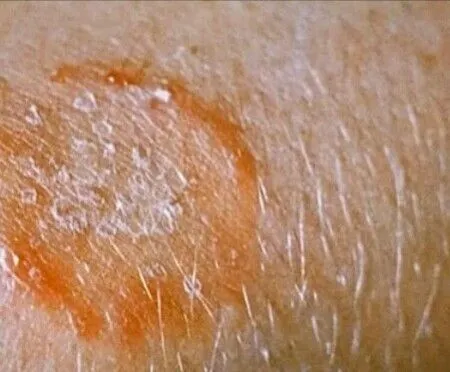Skin is the natural outer layer of tissue that covers the body of a person or animal. Skin function to protect your body from infection. At times, skin itself becomes infected. Skin infection can be caused by variety of germs and symptoms and  can be treatable with outer medication.
can be treatable with outer medication.
These are some examples of skin diseases:
Viral skin disease are caused by a virus such as chickenpox, wart and measles.
Parasitic skin diseases are caused by a parasite. These infection can spread beyond the skin to the bloodstream and organs. These include bedbugs, scabies.
Bacteria skin diseases often begins as small red bumps that slowly increase in size. They are treatable by using antibiotics such as furuncle or boil and leprosy.
Fungal skin diseases are caused by fungus, some of the fungi diseases are not contagious such as ringworm, rash and yeast infection.
Common symptoms of a life threatening skin diseases are pus, blisters, skin sloughing and breakdown.
